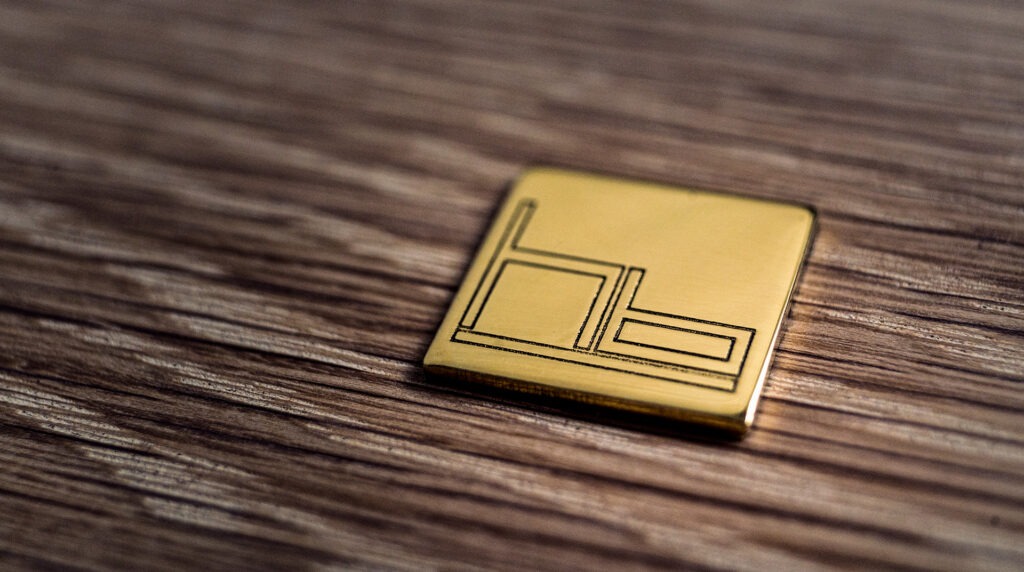Joints
Joints were designed years ago for construction when glues were unreliable and would fail over time. These days we have modern glues; therefore traditional jointing methods are dying out.
The key factor of HB furniture is that traditional jointing methods are used. The essence of quality, and the epitome of craftsmanship in hand cut joints is incomparable.
Here are some of my favourite jointing methods, each one specifically chosen for my furniture to serve a purpose in construction as well as
creating great details.

Quality built to last
A quality piece embodies the finest hand cut joints with thought of construction, allowing the timber to move and age over time without splits appearing;
Butterfly Wedge
A butterfly joint also called a bow tie or dovetail key is a type of joint or inlay used to hold two or more pieces of wood together. These types of joints are mainly used for aesthetics. A traditional jointing method adds an extra level of strength and durability.
Half Lapped Dovetail
A dovetail is called lapped when it does not run through a timber face, designed for connecting the drawer front to drawer sides.
The shape of the tail allows pulling force of draw front with the joint never failing. A very durable and aesthetically pleasing classic.
Through Dovetail
This is when the dovetail is visible through a timber face, still a very strong joint. Shown here as a design feature. By creating a shoulder on this dovetail it is now strong in the downward force as well as being pulled, great for this chair leg design.
Inlay
Inlay work is when you plane down to size your selected wood, which then sits into a prepared groove in your timber giving a nice snug fit. Inlay is decorative only. It is a great way to border a nice heart grain figure on your product.
Split Butterfly Wedge
Wedged Tennon
Wedged Mortise and Tenon joint is extremely strong because the tenon passes all the way through the mortise and is wedged at the other side. The tenon does not show on the outer side of the joint and it gives greater gluing area, adding to the overall strength of the joint.
Houndstooth Dovetail
“Joints should be clean and crisp showing off the construction in design”
Howard Butler